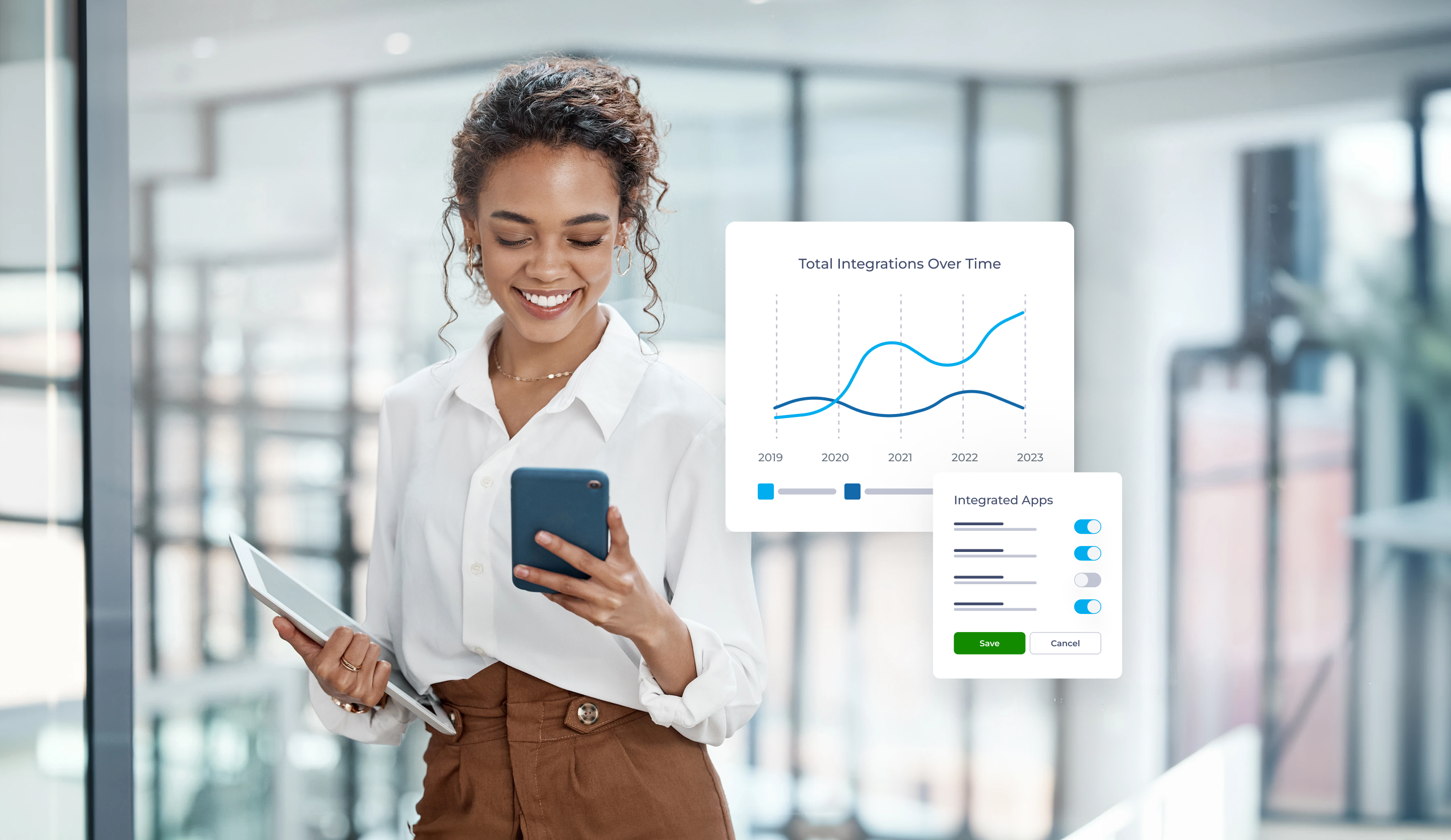A blended learning strategy is a hybrid of digital and face-to-face learning, activities, content types and sources. A blended learning management system simplifies the delivery and tracking of diverse learning experiences for employees, clients, vendors and partners.
A blended learning strategy drives positive learner outcomes across a diverse mixture of learners by providing access to the right content at the right time. Simplify complex, blended course delivery by flexibly assigning content based on learner roles, location or other criteria. Learners can revisit knowledge gained in offline training through these relevant digital opportunities to reengage with content. Plus, an LMS offers an efficient system to record and track learner activities to meet internal or regulatory requirements.
Check out these four use cases for a blended learning management system:
1. Health care
Face-to-face assessments are an important tool for health care organizations to measure skills that can't easily be evaluated with digital testing. Organizations like the American Heart Association offer convenient digital courses on demand as a prerequisite for learners to complete assessments with an instructor. An LMS can automate course enrollments when a learner completes digital eLearning prerequisites for in-person assessment.
2. Manufacturing
Global aerospace manufacturer Boeing uses eLearning content and tests to provide foundational knowledge before classroom training, according to Training Industry. A blended learning management system can provide personalized learning pathways for offline training attendees to ensure consistent outcomes. An LMS can provide learners with access to relevant content or remedial courses to reach an established baseline of prerequisite knowledge.
3. Professional services
One global professional service uses a blended learning system to improve new hire engagement with professional development resources, per Training Industry. A virtual classroom onboarding teaches new hires about self-serve LMS resources including microlearning content and social eLearning activities. A blended client training strategy also improves the quality of professional training service offerings for B2B customers. A top-of-the-line LMS has social collaboration features and engagement opportunities to foster learner relationships after offline training.
4. Education
The Canadian Memorial Chiropractic College (CMCC) used a blended learning management system to serve current students and licensed chiropractors in 37 countries. By leveraging the robust LMS, CMCC simplified the complex task of offering continuing education content for practitioners to meet licensing requirements in many global jurisdictions. The flexible LMS was key to CMCC blending digital, distance and classroom experiences for a highly segmented learner population. Adopting the cloud-based, blended learning management system enabled simpler administration, efficient compliance tracking and automation and higher profitability.
The future of learning is blended
Face-to-face learning activities are still valuable approaches to many scenarios. A blended learning management system is necessary to scale effective learner outcomes and drive business success through eLearning.
For more insight on eLearning best practices, read part one of this series on gamification.








